In Japan, festivals come alive with vibrant energy and delicious smells. Japanese street foods, called yatai, line the streets, tempting passersby with colorful displays and mouthwatering aromas. Unlike most days, the festival atmosphere encourages people to stroll and snack on the go, creating a lively, moving crowd. For many, these festivals are a cherished opportunity to indulge in street food – a delicious and affordable way to experience local flavors. These yatai are conveniently located in bustling areas near train stations, shopping districts, and of course, right at the heart of the festival grounds.
Japanese Yatai or Street Foods
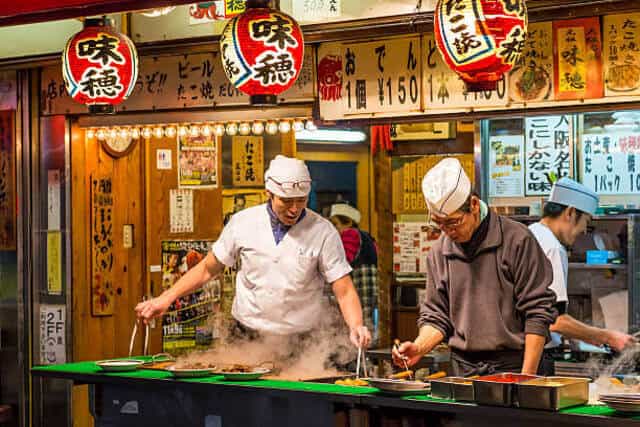
Japanese street food, known as “yatai” (屋台), offers a vibrant and diverse culinary experience deeply rooted in the country’s culture and history. These mobile food stalls, often set up during festivals and in busy urban areas, serve a wide variety of snacks and dishes that cater to both locals and tourists.
When you think of the most popular street food, many people probably think of takoyaki. Takoyaki is bite-sized and easy to share with family and friends, so it’s a must-order item when you go to a festival. In addition to takoyaki, flour foods such as okonomiyaki, modern yaki, and Hiroshima yaki are standard gourmet foods that are indispensable at food stalls.
Brief History of Japanese Street Foods
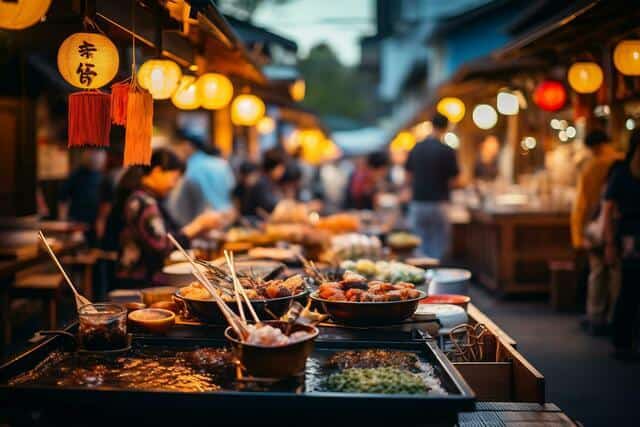
Japanese street foods has a unique cultural and historical context that sets it apart from street food traditions in other countries like Mexico, London, Thailand, and Taiwan. In Japan, street food is less associated with nightlife and more closely linked to festivals (matsuri) and events. Yatai, or street food vendors, are plentiful at these festivals but are less commonly seen in everyday streets or alleyways. There are exceptions, such as the Nakasu district in Fukuoka, where street food is available year-round, though these areas have also seen a decline. This decline is partly due to post-war efforts by the Japanese government to shift the country’s image towards a more upmarket tourist destination, leading to laws that made operating yatai difficult.
In recent years, attitudes towards street food have shifted both in Japan and globally. Leading chefs have begun experimenting with street food, and the global hipster community has embraced the concept. Since 2016, there has been a resurgence of yatai in Japan due to the relaxation of some restrictive laws. This revival aligns with global trends but maintains a uniquely Japanese character, showcasing the country’s exceptional culinary offerings.
Standard Favorites Street Food
Takoyaki
Takoyaki, also popular as octopus balls or fritters, these treats are fried balls with a crispy exterior and a soft and chewy inside. Their main claim to fame is the little bits of octopus inside that are accompanied by tempura crumbs, pickled red ginger, and green onion. Locals often served with sauce, mayonnaise, aonori (seaweed bits), and katsuobushi (bonito flakes).
Taiyaki
Known worldwide for its iconic fish shape, taiyaki is a popular Japanese street food derived from the dessert imagawayaki. Both desserts encase sweetened red bean paste in batter, but while imagawayaki resembles a hockey puck, taiyaki takes the form of a tai (red sea bream). Today, taiyaki is commonly at festivals and beyond, with people often seen holding the fish-shaped treat as they walk around. Over time, taiyaki has expanded its fillings to include custard, chocolate, cheese, and sweet potato/ Typically made in a cast iron mold and baked quickly over high heat.
Yakisoba
A festival classic, yakisoba is a noodles or soba with meat, sliced cabbage, and onion on a sizzling flat iron plate using two spatulas. A special yakisoba sauce is added towards the end for its unique flavor. Then, they will top the noodles with katsuobushi, aonori, and Japanese mayonnaise. Many people also enjoy adding a fried egg with a half-cooked yolk on top, creating a delicious combination of flavors.
Yakitori
Yakitori, or grilled chicken skewers, are an iconic Japanese street food thanks to their bamboo skewers. Skilled cooks use the entire chicken, from head to toe, to offer a rich and varied eating experience. Grilled over charcoal for a subtle smoky flavor, seller completes the meat with a special tare sauce or salt.
Apple candy
Apple candy is a popular festival treat in Japan, featuring small apples coated in a crunchy candy shell with a chewy inside. This delightful texture is part of its charm. Besides apples, apricot and plum candies are also available, offering sweet and sour flavors with a cute appearance that tempts many festival goers to buy them.
Recently Trend Japanese Street Foods
Italian spabo (fried pasta)
Italian spabo is fried and seasoned spaghetti, popular for its elongated shape and crunchy texture. Making it an easy and portable snack. The seasoning varies from salty, to complement alcohol, to sweet options like cocoa and sugar, allowing for versatile flavor choices. With an increasing number of stalls selling Italian spabo, it has become a common sight at festivals, making it easy to find in many neighborhoods.
Kebab
Doner kebab, a Turkish dish featuring spicy meat, fish, and vegetables wrapped in pita bread, has become a popular street food at stalls. Its appeal lies in the combination of fragrantly grilled meat and vegetables, conveniently sandwiched in bread for easy on-the-go eating. Commonly made with mutton, beef, or chicken, it is a satisfying meal. Many stalls also offer shish kebab a grilled meat on skewers, so be sure to try both.
Where To Find Japan’s Best Street Food
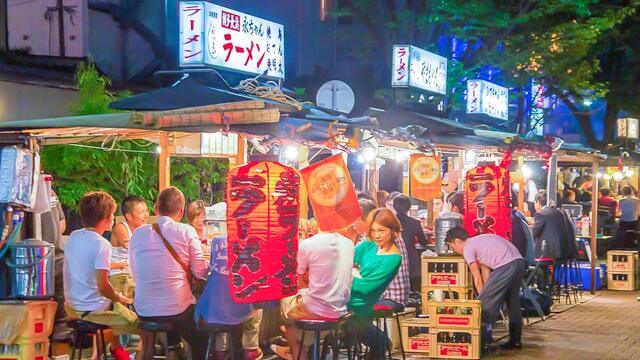
Nakasu, Fukuoka
Nakasu in Fukuoka is a hub for Japan’s street food revival, boasting iconic yatai stalls. To reach these famed food spots, travelers can easily hop from Tokyo to Fukuoka via the JR Pass and shuttle bus from Hakata Station.
Nakamise Dori, Tokyo
Nakamise Dori in Tokyo, nestled near Sensoji Temple, offers an array of delectable street food delights like kokonoe and kibi dango sticks.
Dotonbori, Osaka
Dotonbori, Osaka, renowned as a culinary haven, tempts visitors with a plethora of seafood-infused street dishes, including the iconic takoyaki and savory yakitori. Travelers can reach this gastronomic paradise by taking the JRailPass to JR Namba Station and then a short train ride to Imamiya Station.
Nishiki Market, Kyoto
Nishiki Market in Kyoto, steeped in history, entices a diverse selection of savory and sweet street foods, such as Kyoto’s famous tsukemono and the beloved teriyaki. Easily accessible within minutes from various subway and train stations, it’s a must-visit for food enthusiasts.
Takeaway
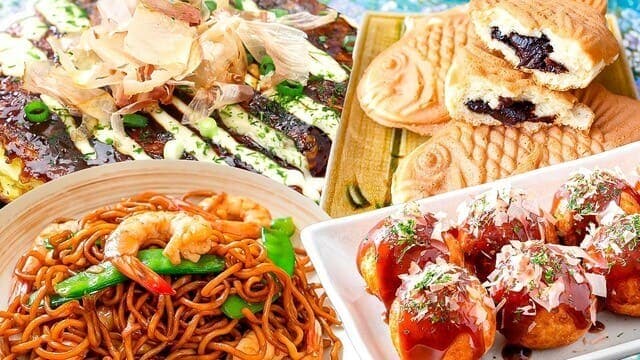
Whether you’re a seasoned foodie or a curious traveler, Japanese street food is a must-try experience. When it comes to enjoying Japanese food, you may feel daunted by traditions, customs, and etiquette. Don’t be! There’s nothing to be worried about and we have also put together this helpful guide to ensure you’re in the know before you go.
You can check some Japanese street food that we know you would like to try too.
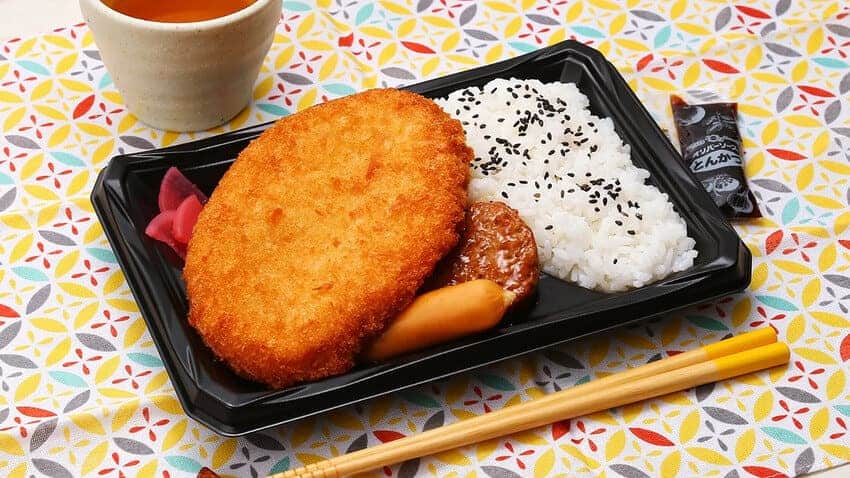


 牧野悦子-1-1256x832-1.jpg)
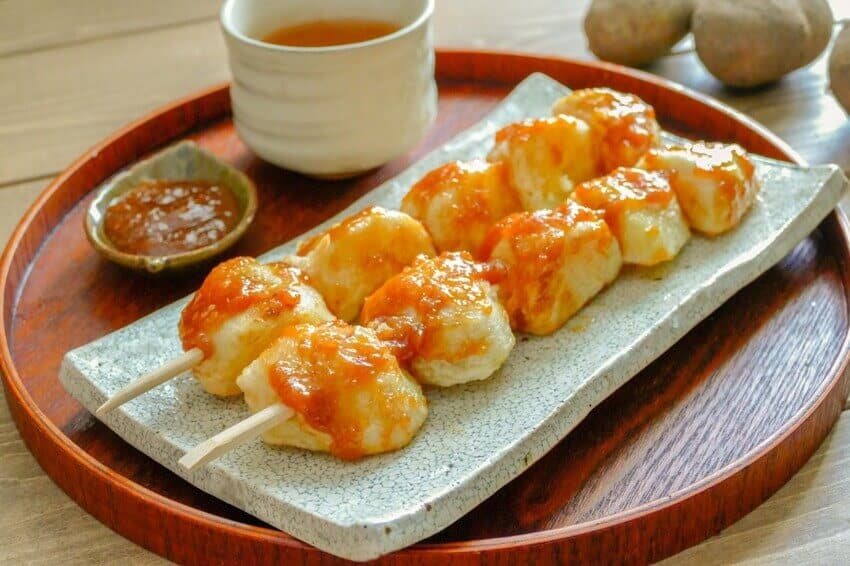

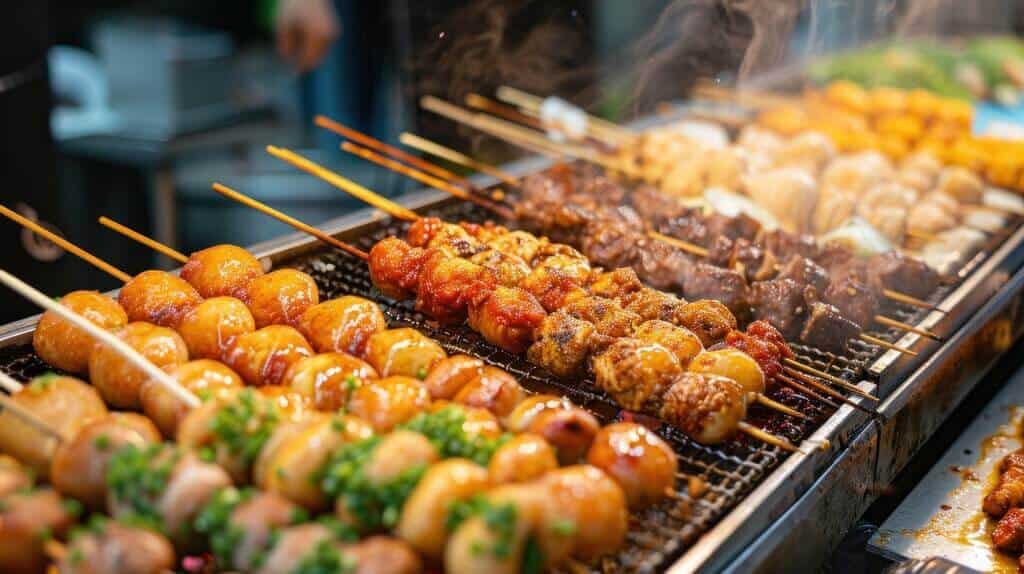
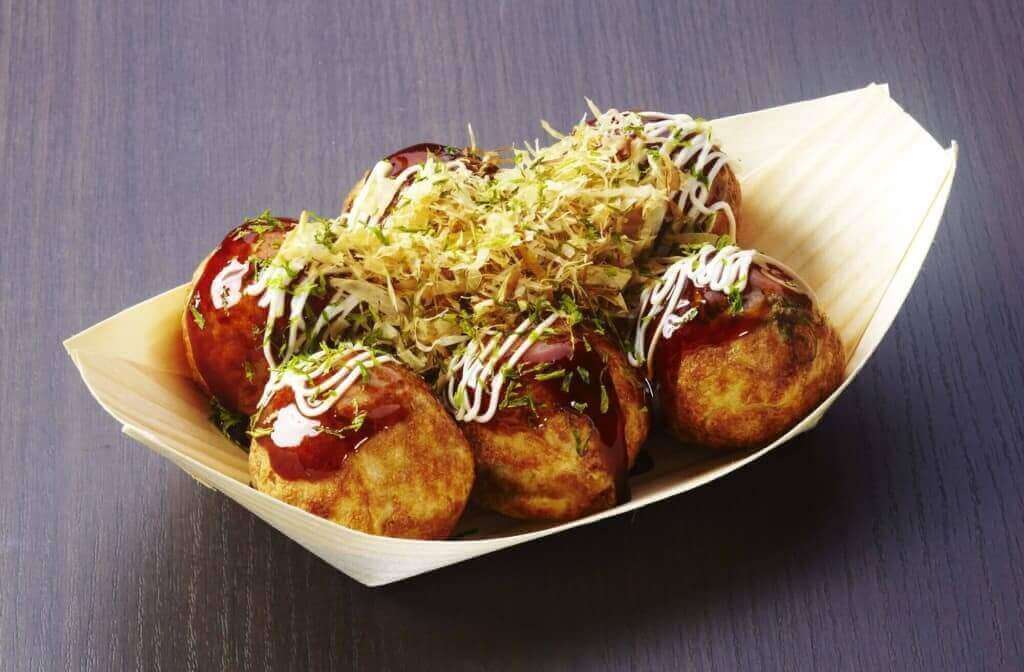
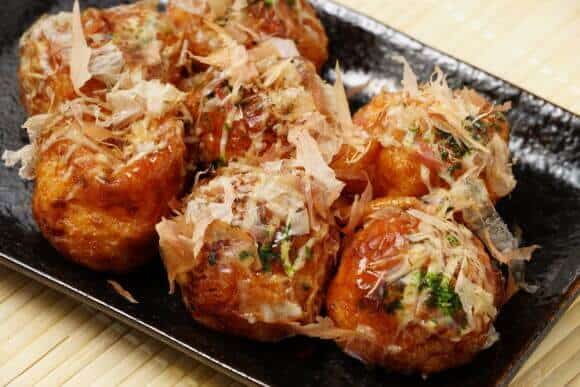
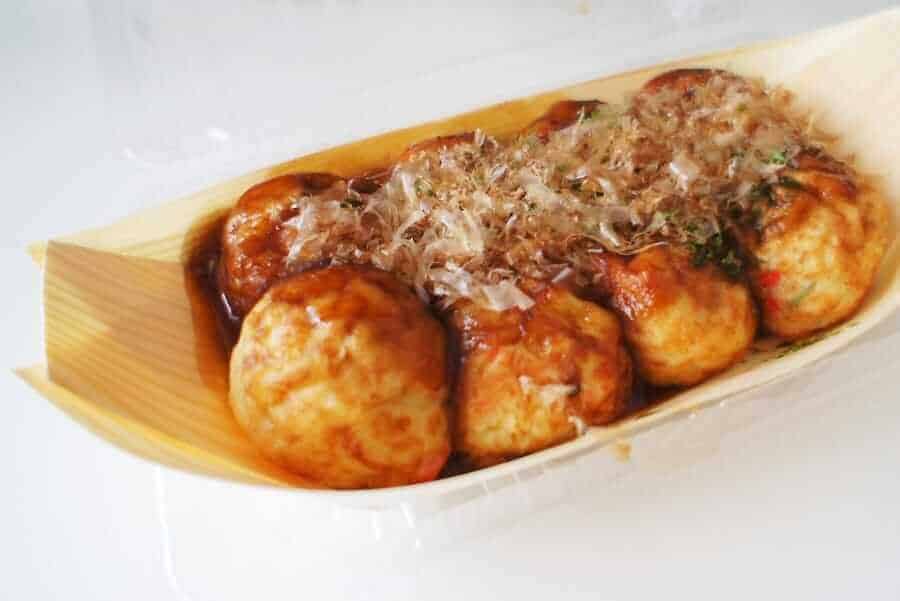
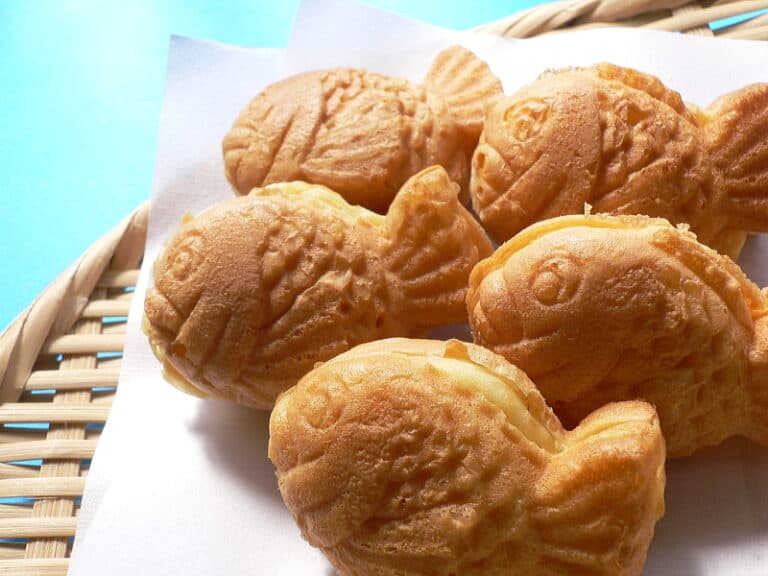
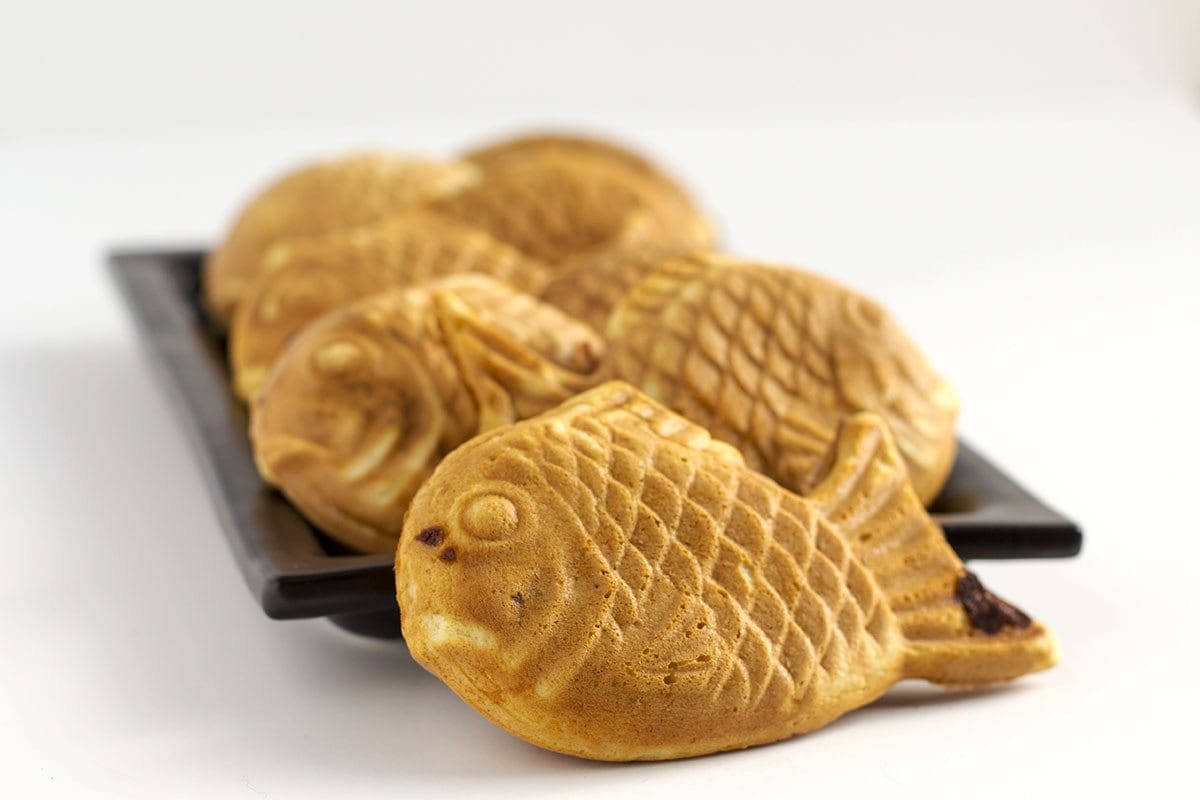
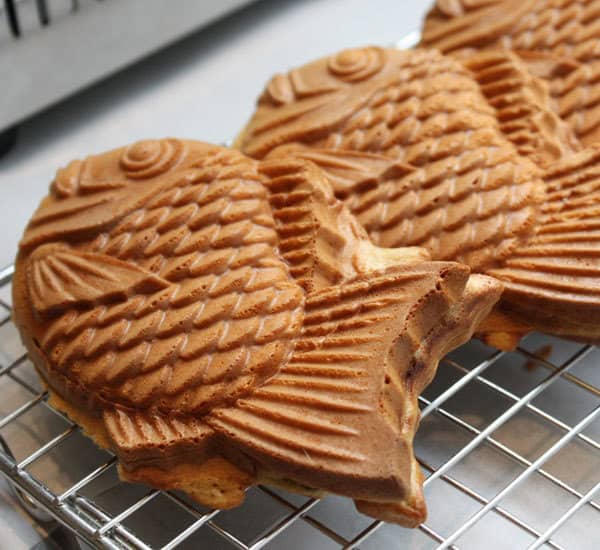
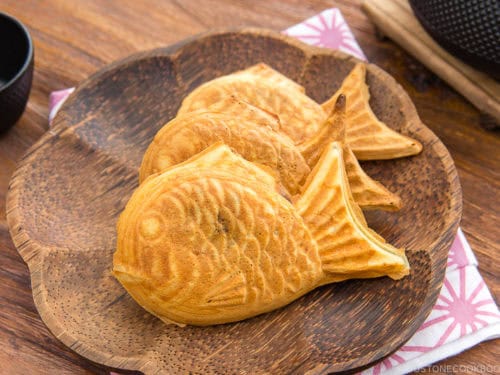
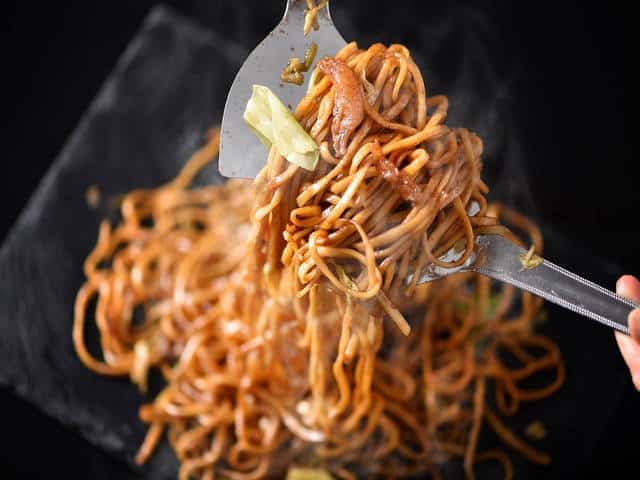
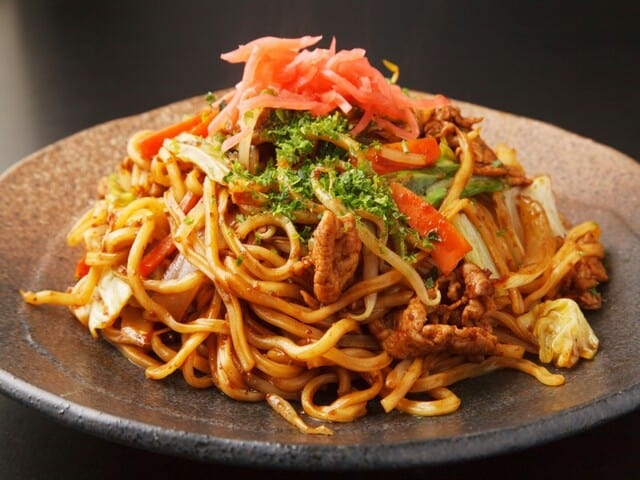
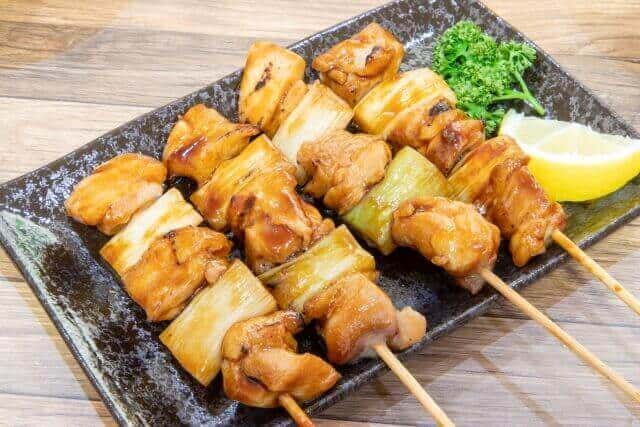
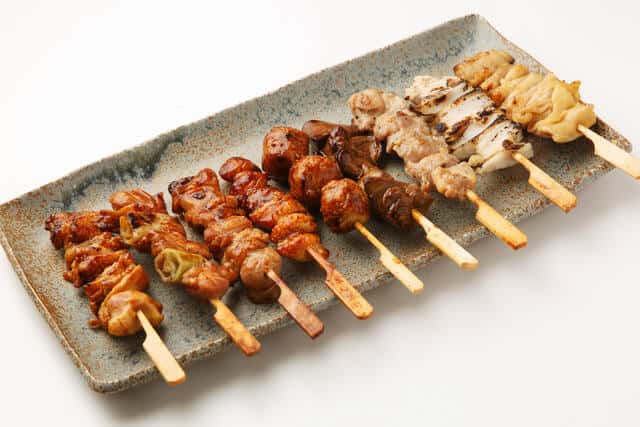
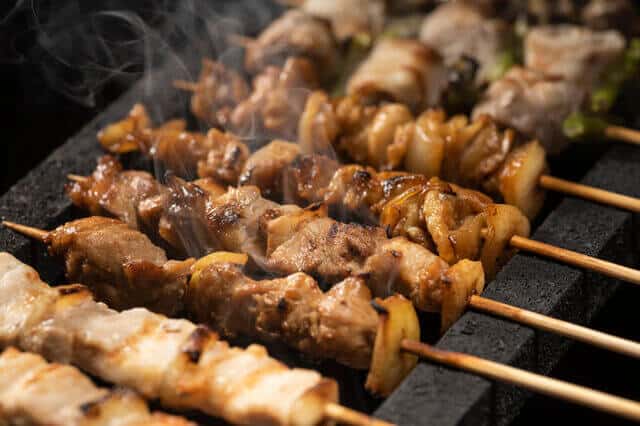
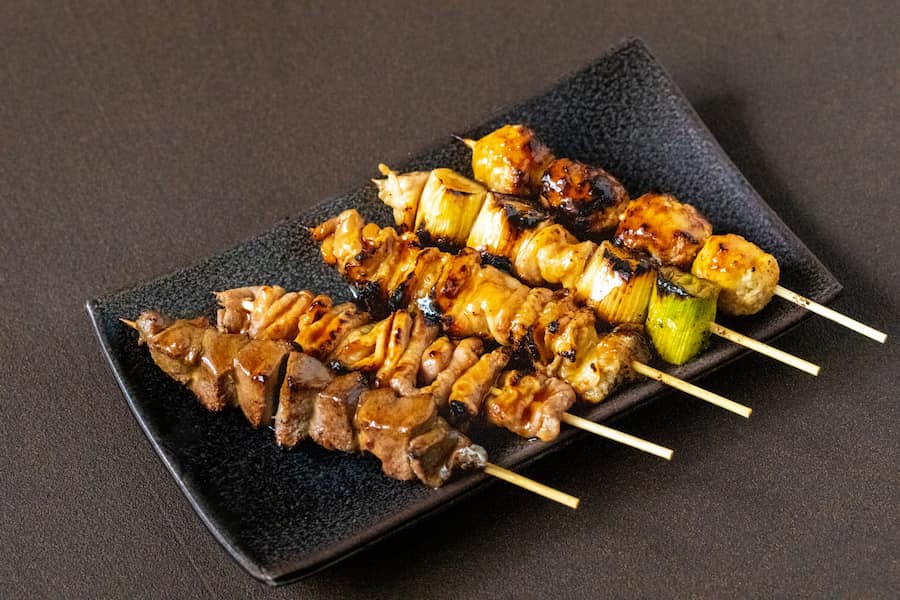
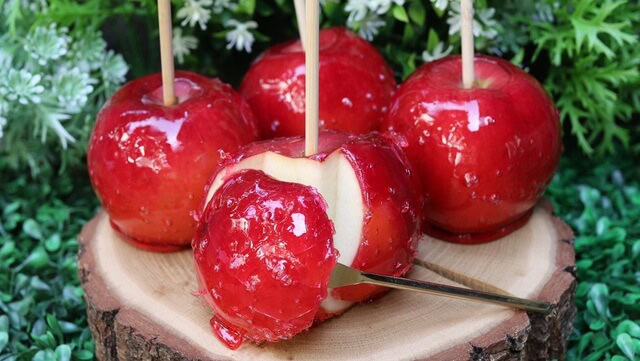


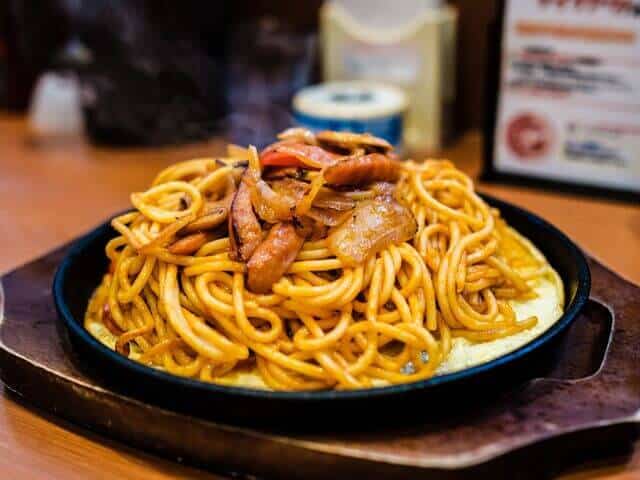

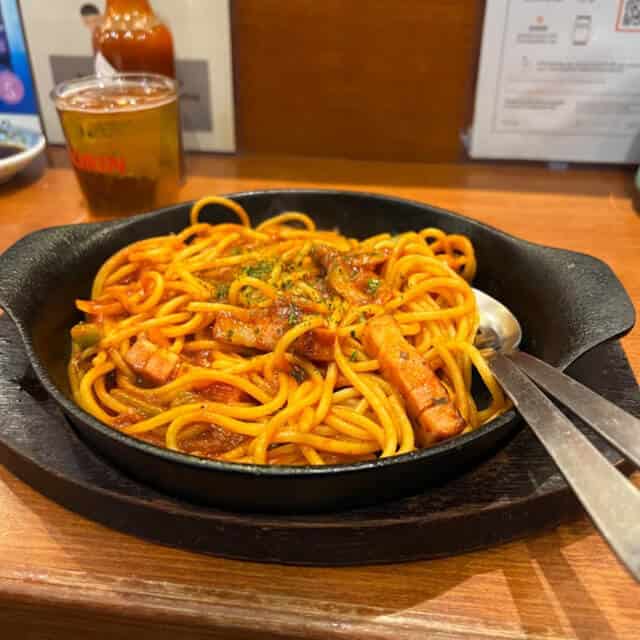
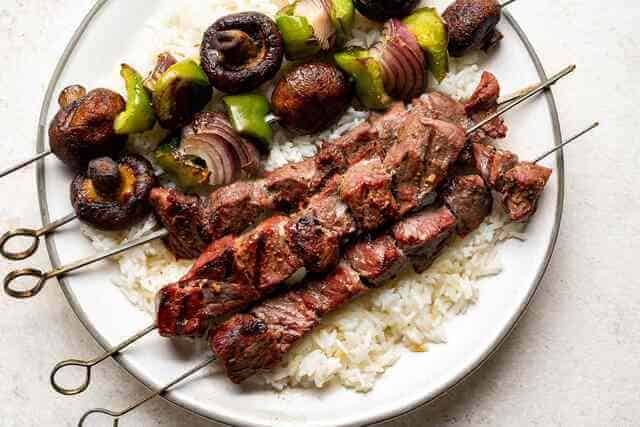

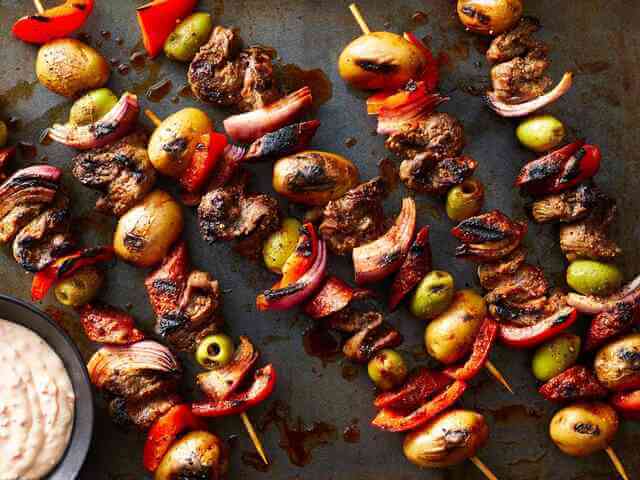


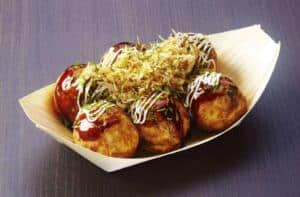
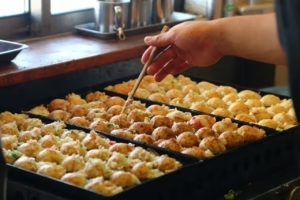
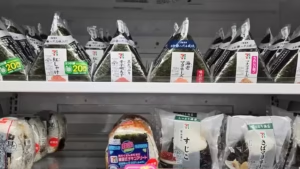
Comments